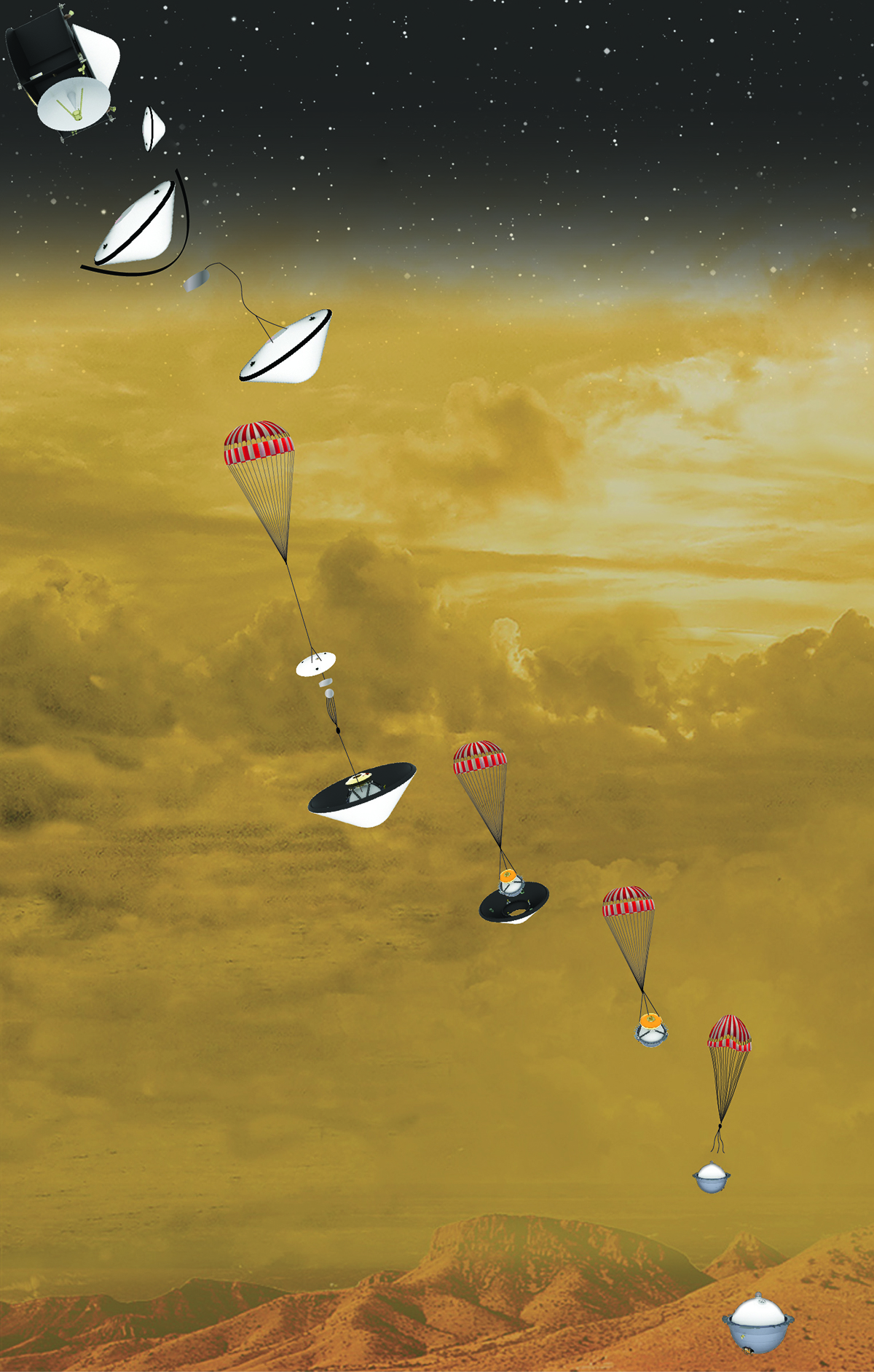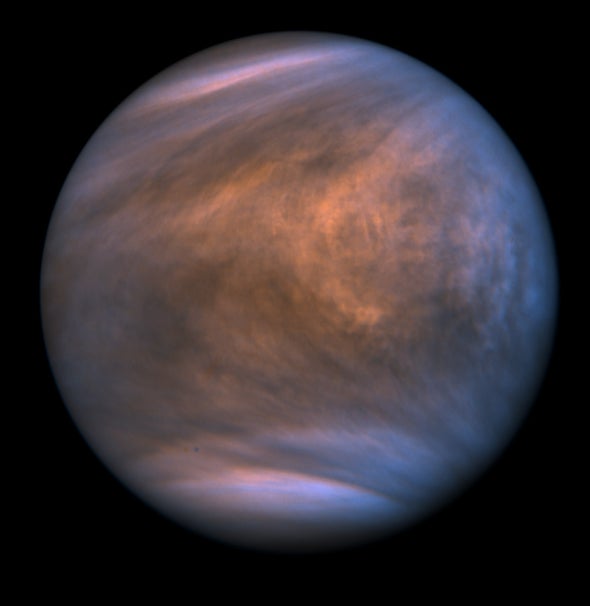
With acid clouds, a crushing atmosphere, and a volcanic surface, Venus might be the least hospitable place in our solar system. But, ironically, this hellish world may actually help us unlock the mystery of what makes a planet habitable, and NASA’s recently selected DAVINCI+ mission may be the key.
The Isotopes Elope

Venus serves as a warning beacon for the most extreme kind of climate catastrophe, a “runaway greenhouse”. This nightmare scenario arises when increases in sunlight (stars like the Sun generally brighten as they age) drives up a planet’s surface temperature and humidity, which, in turn,increases greenhouse warming. Studies going back almost a century show there is a limit to the amount of heat that can leak out of the atmosphere of an Earthlike planet. So if it receives more sunlight than that limit, the planet cannot bleed off the excess heat, and all of its oceans will inevitably evaporate. Hence Venus’ bone-dry atmosphere and surface.
Once evaporated, the ocean water mixes throughout the atmosphere, reaching the very edge of space. Here, solar ultraviolet breaks the water molecules into their constituent atoms. The lighter atoms leak into space, irreversibly destroying the planet’s water. Some water molecules have deuterium atoms instead of hydrogen atoms, and since the deuterium is heavier than the hydrogen, it escapes less easily, leaving a telltale residue of deuterium in the atmosphere: the more deuterium, the more water was probably lost.
How much water did Venus lose? Pioneer Venus found Venus’ deterium-to-hydrogen ratio is 120 times higher than Earth’s, which is consistent with Venus having lost 99.9% of its original water. Thus, even though today Venus is drier than anywhere on Earth or Mars today, it may easily have started out with widespread oceans.
The Fuss about DAVINCI+
But when was this water lost? Recent geological modeling suggests Venus may have only just lost all its water, in the last 500 million years. Prompted by this compelling mystery next door, NASA recently picked a new mission to study the geological and atmospheric history of Venus and help us understand how exactly Venus lost all its water and when.
The mission is called DAVINCI+ (the name deserves acronym-of-the-year: Deep Atmosphere Venus Investigation of Noble gases, Chemistry, and Imaging, Plus — “plus” because the current mission is an improvement on a previously proposed version). DAVINCI+ involves an orbiting spacecraft and a probe to descend through the atmosphere on a parachute. As it falls over the course of an hour, the probe will measure Venus’ atmospheric chemistry with unprecedented precision. These measurements will help us understand not only Venus’ distant past but its active present: there may be as many as 37 erupting volcanoes on Venus. But DAVINCI+ might also tell us about even more distant planets orbiting other stars.
Venus: The Exoplanet in our Backyard

Because of the way astronomers find them, most extrasolar planets found in recent years orbit closer to their host stars than Earth does. Consequently, most rocky exoplanets likely resemble Venus more than Earth. The likelihood of resemblance has even prompted astronomers to define a “Venus zone”, analogous to the more famous “habitable zone”: Earth-like planets orbiting in the habitable zone might host life, but planets in the Venus zone may be volcanic, sulfurous infernos.
Understanding what went wrong for Venus will help scientists understand better what went right for Earth when it comes to habitability, and by extension, how often things go right on other worlds. This understanding could help us build a bridge to the detection of the first habitable exoplanets.
Dava Sobel explores the wild and wonderful worlds of our solar system in her punchy and lyrical book The Planets.